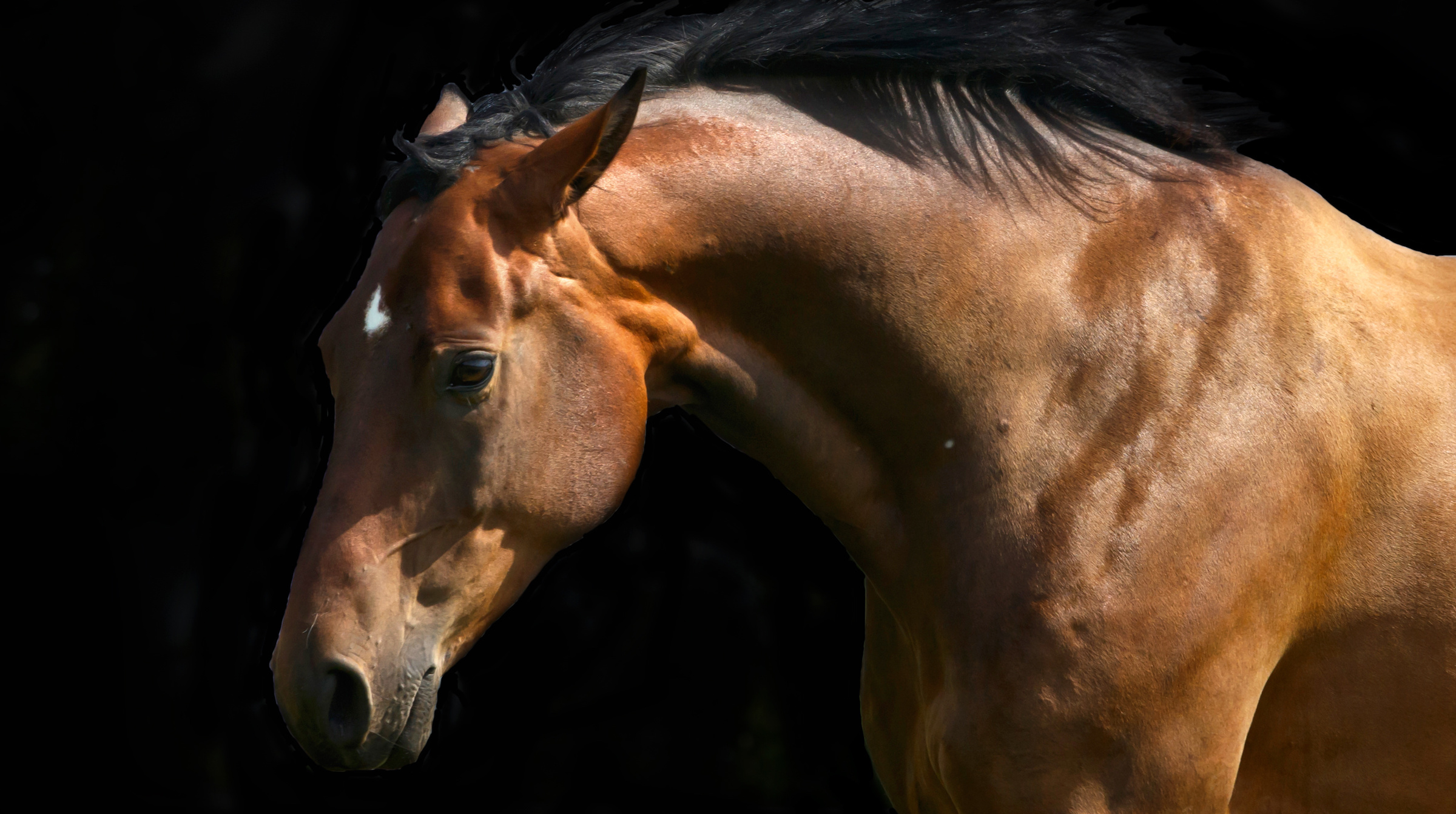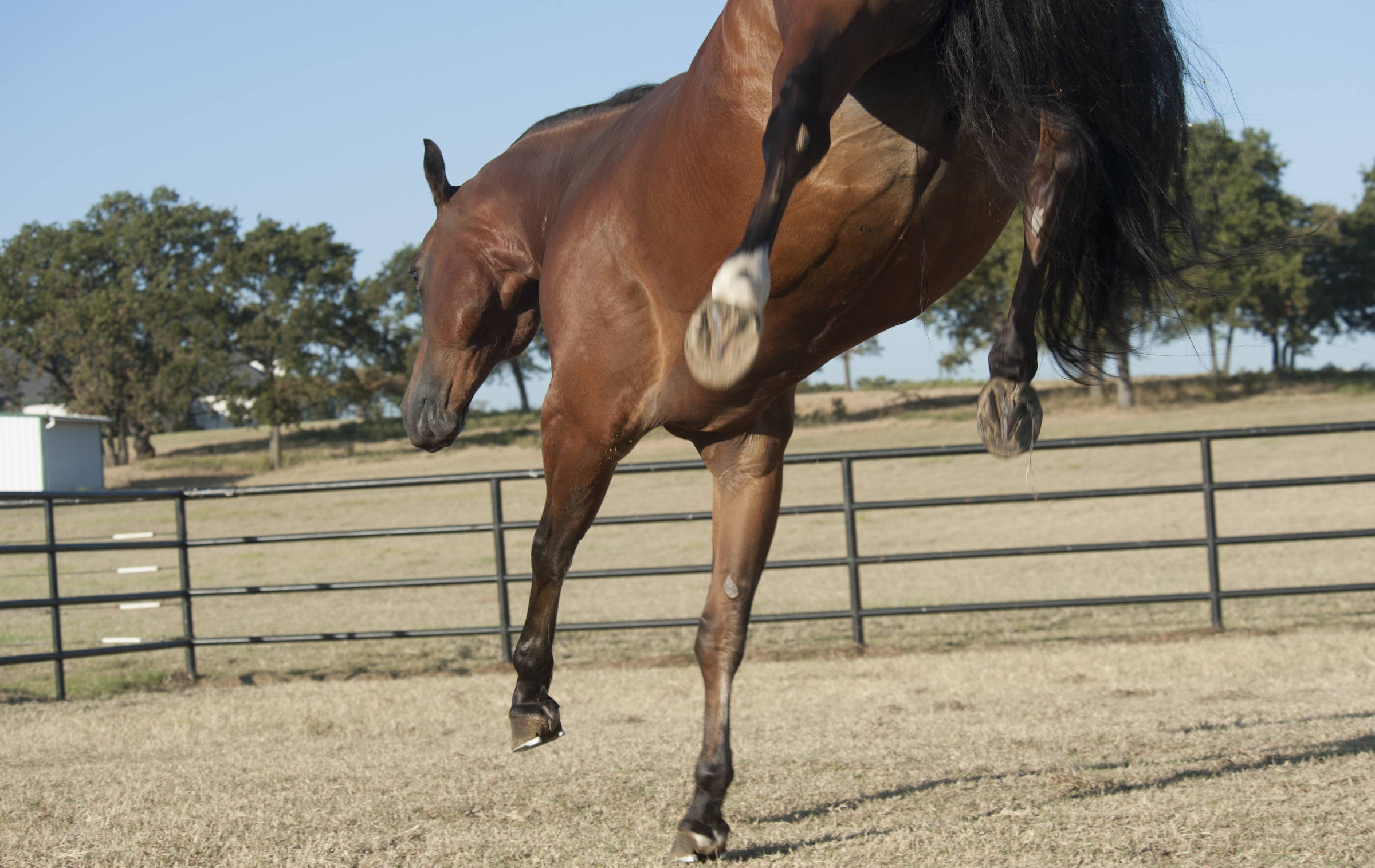
Products we feature have been selected by our editorial staff. If you make a purchase using the links included, we may earn a commission. For more information click here.
Do you have a so-called “problem horse”? That’s what we typically call a horse with a behavior issue we find tough to resolve. It may well be that we (or the horse’s prior owner) contributed to the development of the problem.
Now, however, what we’re most interested in is a solution.
Here are key strategies for three of the most problematic under-saddle equine behaviors—bucking, bolting, and rearing. I’ll share experts’ tips for preventing the behavior, plus suggestions for dealing with it in the moment, with the goal of turning your problem horse into a solid citizen.
Here we go.
The Horse That Bucks
Did you know that you can inadvertently teach your horse to buck? Here’s how:
1. Give him a reason to buck (by applying a rough and/or confusing cue, for example). 2. When he does buck, either fall off or get off. 3. Then, immediately put him up for the day.
To your horse, this is nothing less than a short course in Why Bucking Is Good.
Don’t underestimate the degree to which confusion can cause your horse to act out, either. As experienced rancher and author Heather Smith Thomas says, “If your horse doesn’t understand what you’re asking or finds it difficult to respond (because of how you have or haven’t set him up), he may buck out of frustration.”
To prevent a buck for any reason from happening, stay alert whenever you’re in the saddle. You can tell a buck is coming by how your horse feels under you—that stiff, swelling-up body language is a tip-off.
More from Heather Smith Thomas: Storey’s Guide to Training Horses, and Storey’s Guide to Raising Horses.
At that point, to stop the buck from happening, immediately draw your horse’s head to the side and ride him energetically in a tight circle until he calms down and you can tell he’s listening to you.
Then reevaluate your riding and training—plus any outside influences—to figure out what’s prompting this behavior. [MORE ON BUCKING: including details on preventing or dealing with it.]

The Horse That Bolts
Running away with a rider is perhaps the most terrifying of problem-horse behavior. As with bucking, preventing that first instance of it is critical. And, as clinician John Lyons says, small things matter.
For example, letting your horse get away with “unimportant” disobediences—such as walking off when you’re trying to mount up—can lead to a mindset that one day evolves into running off.
Stop that kind of thinking before it blossoms into trouble.
If unexpected influences are overwhelming your horse’s training and you fear he is about to take off with you, a one-rein stop is your best friend. Pulling back on both reins just makes an excited horse hotter. Instead, draw his head around as you disengage his “motor” by stepping his hind legs to the side. Then use precise, patient training to reinforce your horse’s understanding of whoa. [MORE ON BOLTING: including how to use a pulley rein to stop a full-speed runaway.]
The Horse That Rears
“Going up” is your horse’s way of saying NO when he doesn’t have any other option for getting out of what he feels is a bad spot. This can happen when you mix your signals—such as asking him to go forward while inadvertently hanging on his mouth.
“When that happens,” says clinician Clinton Anderson, “the horse feels claustrophobic, his energy bottles up, and the only way he can release it is by going up in the air or flying backwards.”
Seek expert guidance to determine the cause of your horse’s desire to rear, and never be complacent about this particular behavior. A horse that rears can fall and severely injure you or himself.
More from Clinton Anderson: Practical Solutions for Trail Riding, Establishing Respect and Control, and Lessons Well Learned.
So if your horse is confirmed in this behavior, send him out for professional evaluation and retraining. [MORE ON REARING: including assessing and dealing with this behavior.]
Did we miss your horse’s problem area? Maybe not—look below for help for the horse that:
• Balks.
• Spooks.






